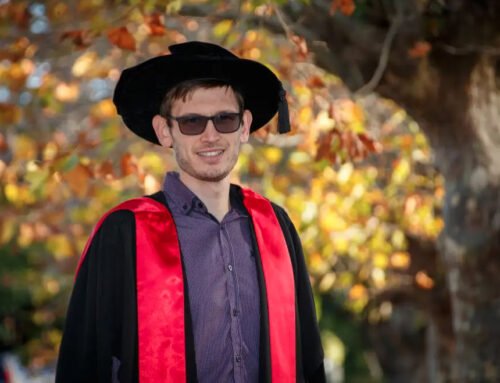Click here to view NZ Herald article (10/07/2016)
Obesity study asks if under-5s active enough.By Jamie Morton (NZ Herald Science Reporter)
Activity trackers have been placed on toddlers as part of a pioneering research programme in early learning centres aimed at tackling New Zealand’s childhood obesity epidemic.
The new study aims to get kids more active and improve national guidelines.
Because of its innovative design, the top researchers involved in the collaboration with the country’s largest early learning provider have been invited to speak about it at a major conference in Korea this week.
The 10-week interventions have been run at low-decile BestStart South Auckland and Waikato centres and aimed at finding whether staff had the right skillsets to give children the opportunities they needed for physical activity.
It was a crucial question, given kids under 5 are increasingly spending their most active hours away from their parents at early learning centres.
More concerning, statistics now showed that a third of New Zealand children were overweight or obese.
For the study, BestStart and childhood physical activity programme Jumping Beans teamed up with Dr Ajmol Ali, of Massey University, and Professor Claire McLachlan, of Waikato University, to observe 45-minute weekly exercise sessions with groups of up to 25 3 and 4-year-olds and their teachers.
Staff were taught how to use centre resources to promote physical activity – particularly fundamental movement patterns like jumping, balancing and basic ball-handling skills – and also attended workshops on nutrition.
The teachers were asked to keep logbooks throughout the period, while children wore accelerometers, used for monitoring body movement, enabling the researchers to identify changes.
It emerged that teachers do not receive much physical education training in their initial teacher education, and that there are areas that could be improved.
“Although most are enthusiastic about providing opportunities for physical activity, they would like greater knowledge about how to do this effectively to maximise the benefit for children,” said BestStart’s deputy chief executive, Fiona Hughes.
The feedback from staff had been encouraging so far, with teachers reporting they’d gained more confidence to give children more activities.
“There’s been a rapid growth in numbers of children enrolling in education and care and we’re starting a discussion around the level of exercise children receive within their centres.”
Jumping Beans founder Sophie Foster said children’s healthy exercise and eating habits were formed at a very young age.
“Through effective education we can contribute enormously to the wellbeing of our children and preventing childhood obesity.”
The study’s preliminary findings are being presented this week at the Organisation Mondiale Pour L’Education Prescolaire (OMEP) World Conference in Seoul, where the researchers have also received a major award.
Ms Hughes expected that, once the study’s results are published, they would help guide improvements to exercise and nutrition in BestStart’s programmes and curriculum.
Dr Ali said the hope was to progress into a much larger study that might ultimately inform better guidelines for childcare centres.
“The UK, Australia and US have much better guidelines than we have for under-5s – ours are very sketchy, in this regard, and no one has really taken ownership of it.”
While the Ministry of Health is still developing its own national guidelines with Sport NZ and the Health Promotion Agency, Dr Ali said his group’s focus would be more on development and skills.
In April, the ministry published an expert group’s review, which made a series of strong recommendations including that toddlers and preschoolers should get at least three hours of physical activity each day and should be sedentary for no more than one hour at a time.
The group further recommended that children under 2 should have no screen time, while for older children screen time should be limited to less than an hour a day.
Auckland University obesity expert Professor Boyd Swinburn said a comprehensive approach was needed to reverse New Zealand’s fast-growing childhood obesity rates.
Children were getting fatter around the world, but our own kids were growing obese at “an
“We have the illusion that our youngsters grow up breathing fresh air, being very active and eating healthy food, and it’s not true.”
What was more shocking to Professor Swinburn was there were no serious signs of turning the rates around.
“Many places in the US are seeing significant declines in childhood obesity, so the fact it’s not happening in New Zealand means we are really not doing a good job.”
Those American states and cities that were showing big improvements had taken a more comprehensive approach to the problem – something that was urgently needed to make progress in our own junkfood-heavy environment.
Childhood obesity in NZ: what we know
• One third of school-aged Kiwi children are overweight or obese. High rates of obesity in under-5s have been identified.
• One in nine children between 2 and 14 are obese.
• Thirty per cent of Pacific and 15 per cent of Maori children are obese.
• One in five children living in socio-economically deprived areas are obese, compared with two in 100 children living in the least deprived areas.
• NZ children’s health is now in the bottom third of all countries.









